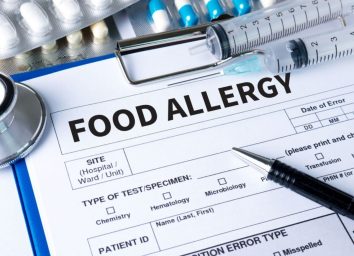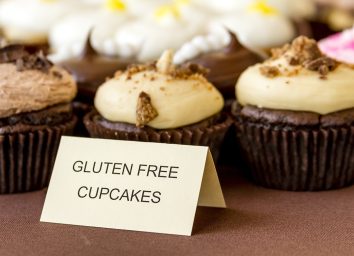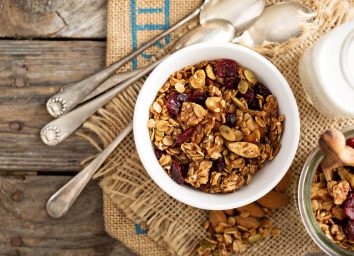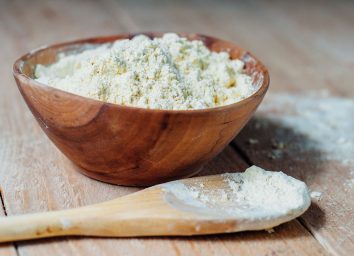Why a Gluten-Free Diet Is Worse Than No Diet At All
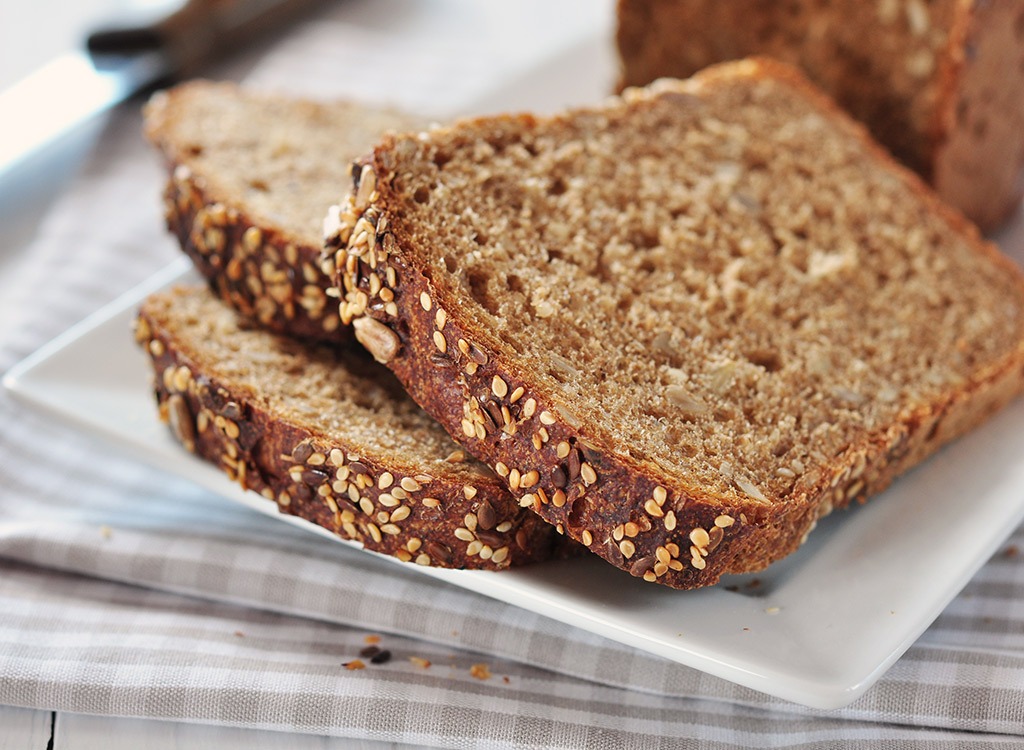
Gluten is often the first to go once people decide to embark on a weight-loss diet. However, cutting foods with gluten (which is a protein found in wheat, barley, and rye), such as whole-grain bread and bran-based breakfast cereals, can actually undermine your efforts to lose weight—and it may even cause heart disease!
According to a longitudinal study in The BMJ journal, avoiding gluten may result in the reduced consumption of fiber-rich whole grains, which may increase people’s risk of developing cardiovascular disease. To come to these findings, researchers studied 2,273,931 people’s consumption of gluten over the course of 24 years and found that those who ate the least amount of gluten had the highest incidence of heart disease. The researchers concluded that those who don’t suffer from celiac disease or gluten sensitivity should go ahead and include gluten and whole grains in their diets.
Why should people without celiac or gluten sensitivity eat gluten?

“Gluten-free does not equal healthy,” Laura Burak MS, RD, CDN, says. “The majority of products that are created specifically to be ‘gluten-free‘ generally tend to be much more processed, contain more calories and added sugar, and contain less fiber and protein than the similar products that contain gluten.”
In fact, a Prague study found that compared to their gluten counterparts, gluten-free products were much more caloric and boasted a less-desirable nutrition panel. The study showed that gluten-free bread loaves had a significantly higher total fat and saturated fat contents, gluten-free pasta had a significantly lower sugar and protein contents, and gluten-free biscuits had a significantly lower protein content and significantly higher fat content. To make up for taste and the lack of gluten, which helps bind foods together and keep their shape, food manufacturers often add extra fat and sugar.
Regardless of gluten, always remember to check your foods’ nutrition label and ingredient list.
“A few of my favorite boxed or bagged items just happen to be gluten-free because the ingredients are mainly nuts, nut flours, seeds, beans, lentils, and brown rice,” Burak says, adding that she didn’t buy these products because they were gluten-free, but because they should be included as part of a healthy diet due to their high fiber content and quality ingredients.
“If a food comes in a bag or box, make sure you read the ingredients first,” Burak tells us. “If the ingredients are real and you can understand them, then go ahead and read the nutrition label next and look out for serving size, calories, fiber, and added sugar. Whether you must medically follow a gluten-free diet (as in, you have been diagnosed with celiac disease or gluten sensitivity) or not, you should be choosing mostly unpackaged, real foods anyway!” Burak says, adding that most real whole foods are naturally free of gluten. These foods include fruits, vegetables, lean proteins like poultry, lean beef, fish and eggs, fats like nuts, seeds, avocado and olive oil, all beans and lentils, corn, potatoes, and certain grains like oatmeal that is certified gluten-free, quinoa, rice, bean-based pastas, amaranth, and buckwheat. “We should be limiting most processed foods, whether they’re marketed as gluten-free or not,” Burak points out.
So, if your body allows you to eat gluten, go ahead and do so! Many foods that contain gluten are also rich in heart-protecting and belly-slimming fiber, which can reduce your LDL cholesterol levels and stave off heart attacks and stroke.
